
Subscribe to our
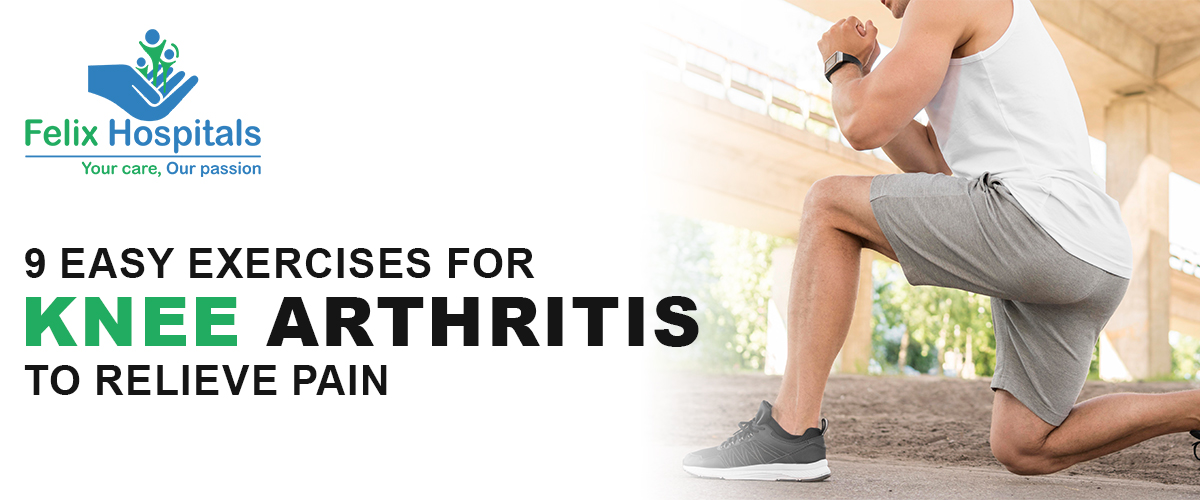
Activities like leg lifts and kick-backs, tailored for knee arthritis, aid in fortifying the muscles surrounding the knee joint and enabling individuals to maintain an active lifestyle. Swimming and elliptical training are equally viable alternatives. If you find yourself in a critical situation, please refrain from attempting these exercises without consulting your doctor first. It's essential to seek guidance from a medical professional, especially if you are undergoing arthritis treatment at a hospital.
Exercise is beneficial for everyone, but it holds particular importance for individuals with arthritis. Engaging in physical activity enhances strength and promotes easier mobility while also alleviating joint pain and combating fatigue.
Admittedly, when joints are stiff and painful, the prospect of walking or swimming might appear daunting. However, there's no requirement to engage in rigorous activities like running marathons or swimming long distances. Even moderate exercise can provide relief from pain and aid in maintaining a healthy weight. In essence, despite arthritis attempting to hinder movement, exercise serves as a means to keep individuals active.
Book your consultation with us today with a simple click or call us at +91 9667064100.
Before starting any exercise regimen, it's essential to consult your healthcare provider. Discuss incorporating exercise into your treatment plan with your care provider, as the most suitable exercises vary based on the type of arthritis and the affected joints. A member of your healthcare team, such as a physical therapist, can collaborate with you to develop an exercise plan tailored to your needs.
Exercise offers various advantages for individuals with knee arthritis or those at risk, including:
1. Pain alleviation: Exercise aids in muscle strengthening, enhancing joint support. Strengthening the quadriceps, hamstrings, and other knee-surrounding muscles enhances stability and reduces the impact on bones during weight-bearing activities, thus diminishing pain. Additionally, exercise triggers the release of endorphins, the body's natural pain relievers.
Studies indicate that individuals engaging in land-based exercises or strength training typically report 10 to 15% lower knee pain compared to those who do not exercise. This pain reduction can significantly impact the need for pain medication.
2. Enhanced range of motion and function: Pain often discourages physical activity, leading to joint stiffness and muscle weakness, exacerbating pain further. Regular exercise helps maintain knee joint flexibility and muscle strength, thereby improving knee function.
Moreover, exercise can lead to a roughly 10% improvement in knee function, allowing individuals to experience tangible benefits such as increased knee bending, improved ease in getting up from chairs, and the ability to walk longer distances.
3. Healthier cartilage: Maintaining healthy cartilage in the joints requires regular motion and a certain level of weight-bearing stress. Cartilage, akin to a sponge, stores synovial fluid, which serves as a source of nutrients and lubrication for the joint. When the joint is in use, the cartilage is compressed, releasing synovial fluid and promoting joint health.
Furthermore, synovial fluid is believed to create an optimal environment for joint healing, reducing inflammation and supporting overall joint function.
4. Weight Loss: Adopting an exercise regimen along with a balanced, plant-based diet can facilitate weight loss, thereby alleviating pressure on the knee joint. Notably, the benefits of weight loss are compounded, as shedding 10 pounds can translate into a reduction of 30 pounds of pressure on the knee joint with each step.
Arthritis exercises encompass a range of movements aimed at improving joint flexibility, building strength, and boosting cardiovascular health.
1) Hamstring Stretch - Stretching is essential for maintaining flexibility and enhancing joint mobility, reducing the risk of pain and injuries. Before stretching, warm up with a 5-minute walk. To stretch your hamstring, lie down and loop a bed sheet around your right foot. Use the sheet to gently pull the straight leg up, holding the position for 20 seconds before lowering the leg. Repeat this stretch twice, then switch legs for balance.
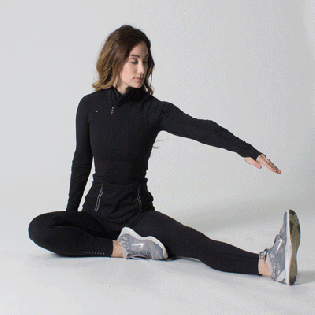
2) Calf Stretch - Use a chair for support and balance. Bend your right leg and step back with your left leg, gradually straightening it behind you. Press your left heel towards the floor to feel the stretch in the calf of your back leg. Hold this position for 20 seconds, repeating twice before switching legs. To increase the stretch, lean forward and deepen the bend in your right knee, ensuring it doesn't extend beyond your toes.
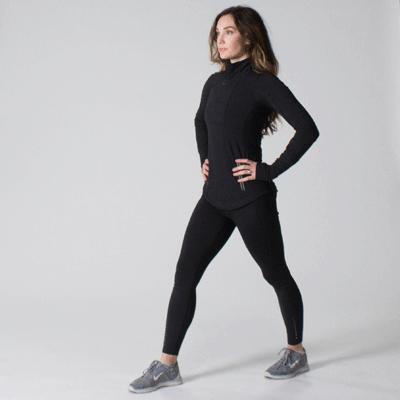
3) Straight Leg Raise - Strengthen your muscles to provide support for weakened joints. Begin by lying on the floor with your upper body supported by your elbows. Bend your left knee, keeping your foot on the floor. Straighten your right leg, pointing your toes upward. Engage your thigh muscles and lift your right leg.
Hold this position for 3 seconds, then slowly lower your leg to the ground while keeping your thigh muscles engaged. Touch the ground and lift your leg again. Complete two sets of 10 repetitions. Alternate legs after each set.
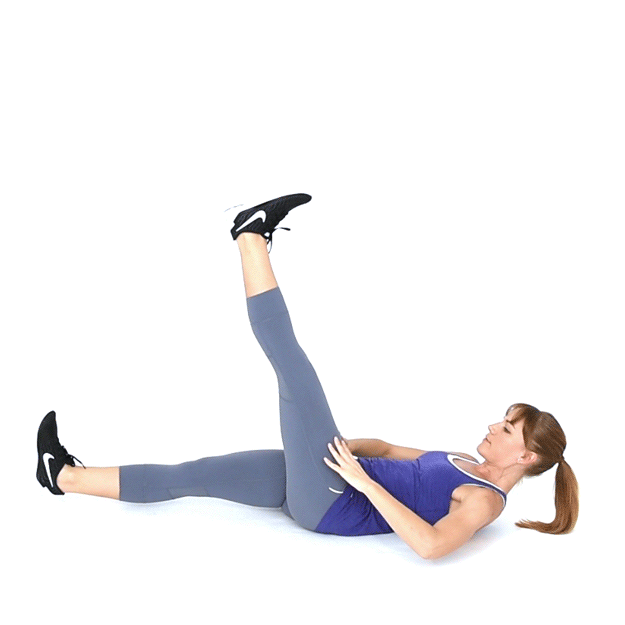
4) Quad Set - Finding straight leg raises challenging? Try quad sets instead. These exercises focus on tightening the thigh muscles, known as the quadriceps, without lifting your legs. Begin by lying on the floor with both legs relaxed on the ground. Flex the muscles of your left thigh and hold for 5 seconds. Then, relax. Complete two sets of 10 repetitions, switching legs after each set.
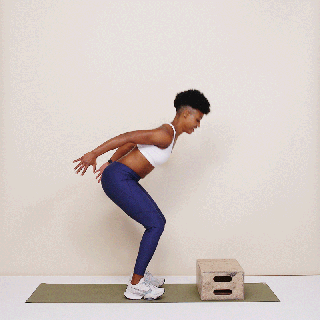
5) Seated Hip March - Improve the strength of your hip and thigh muscles to enhance everyday tasks such as walking and standing up. Sit upright in a chair. Slightly kick your left foot back while keeping your toes on the floor. Lift your right foot off the ground with the knee bent. Hold the right leg in the air for 3 seconds, then gently lower it to the ground. Complete two sets of 10 repetitions, alternating legs after each set.
If it's too challenging, you can use your hands to assist in lifting your leg.
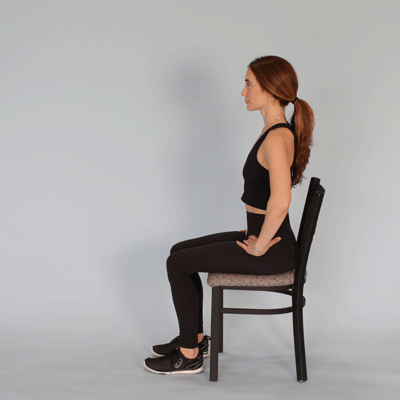
6) Pillow Squeeze - This exercise targets the inner thighs to provide support for your knees. Begin by lying on your back with both knees bent. Position a pillow between your knees. Press your knees together, squeezing the pillow between them. Hold for 5 seconds, then release. Aim for two sets of 10 repetitions, alternating legs after each set. If it feels too challenging, you can perform this exercise while seated instead.

7) Heel Raise - Stand upright and grasp the back of a chair for stability. Elevate your heels off the ground, rising up onto the balls of both feet. Hold this position for 3 seconds before gradually lowering both heels back down. Aim for two sets of 10 repetitions.
If this feels too challenging, you can perform the same exercise while seated in a chair.
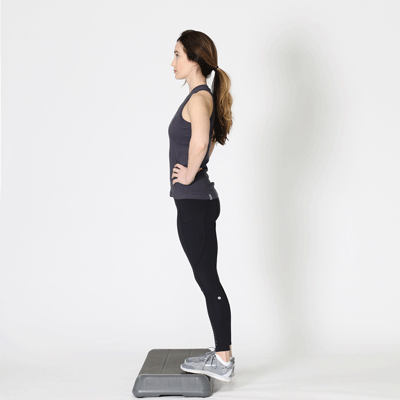
8) Sit To Stand - Master this exercise to improve your ability to stand. Arrange two pillows on a chair and sit on them with your back straight and feet flat on the floor (as shown in the left photo). Engage your leg muscles to rise slowly and steadily to a standing position. Then, gently lower yourself back to a seated position. Ensure that your knees remain behind your toes throughout the movement. Experiment with your arms crossed or hanging loosely at your sides.
If this proves too challenging, increase the number of pillows for added support. Alternatively, opt for a chair with armrests to assist in pushing yourself up.
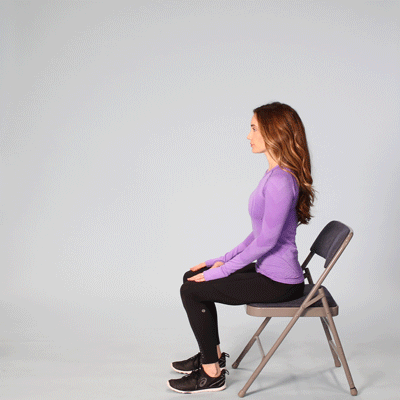
9) One Leg Balance - Enhance your ability to bend over or transition in and out of vehicles with this exercise.
Stand behind your kitchen counter without using support, and gradually raise one foot off the floor. Aim to maintain balance for 20 seconds without relying on the counter for assistance. Repeat this exercise twice, then switch to the opposite side.

Looking for an added challenge? Extend the duration of your balance or attempt the exercise with your eyes closed.
With the help of these exercises, you can prevent knee arthritis. Felix Hospital is always here for you if you have such problems Call Now at +91 9667064100 or email us at helpdesk@felixhospital.com.
Here are some guidelines for safe and effective stretching:
Stretch until you feel a gentle pull in your muscles, then hold the stretch.
Avoid any pain during stretching.
Perform stretches smoothly and without bouncing.
Remember to breathe naturally as you hold each stretch; don't hold your breath.
Gradually increase the depth of your stretches over time.
Prepare your arthritic knee for exercise by applying a moist-heat pack for 20 minutes beforehand. Moist heat can soothe, increase blood flow, reduce stiffness, and alleviate pain.
If you use pain medications, consider taking them approximately 45 minutes before your workout to enhance pain management during exercise.
After exercising, apply an ice pack to the sore knee for 10 to 15 minutes. This will help reduce exercise-induced swelling, as well as provide soothing relief from pain.
We have a team focused on helping you keep your knees protected from arthritis. You are only one click away, call us at +91 9667064100.
Knee arthritis can significantly impact daily activities and mobility, but incorporating targeted exercises into your routine can help manage symptoms and improve overall joint health. Activities like leg lifts, kick-backs, and swimming can strengthen muscles around the knee joint, reduce pain, and enhance flexibility.
Exercise is essential for everyone, especially those with arthritis, as it promotes strength, mobility, and pain relief. Despite initial stiffness and discomfort, even moderate exercise can provide significant benefits, allowing individuals to maintain an active lifestyle.
Before starting any exercise program, it's crucial to consult with your healthcare provider to ensure safety and effectiveness. A personalized exercise plan, developed with the guidance of a healthcare professional, can address specific needs and goals.
By committing to regular exercise and following proper stretching techniques, individuals with knee arthritis can experience improved joint function, reduced pain, and enhanced overall well-being. Additionally, incorporating pre- and post-exercise strategies such as heat therapy and ice packs can further optimize the benefits of physical activity.
1. Why is exercise important for arthritis?
ANS. Regular exercise is crucial for managing arthritis because it helps strengthen muscles, improve flexibility, reduce pain, and maintain overall joint health. Exercise also promotes weight management and enhances mood and energy levels.
2. What types of exercise are suitable for knee arthritis?
ANS. Low-impact activities such as walking, swimming, cycling, and tai chi are generally well-tolerated by individuals with arthritis. Strength training, flexibility exercises, and balance exercises are also beneficial. It's essential to choose exercises that are gentle on the joints and can be modified to suit individual needs.
3. How often should I exercise if I have knee arthritis?
ANS. The frequency of exercise depends on your overall health, fitness level, and the severity of arthritis. In general, aim for at least 150 minutes of moderate-intensity aerobic exercise per week, along with two to three days of strength training exercises. Be sure to incorporate flexibility and balance exercises as well.
4. Can exercise worsen arthritis pain?
ANS. While some discomfort during exercise is normal, particularly when starting a new routine, exercise should not significantly worsen arthritis pain. It's essential to listen to your body and modify activities as needed. If you experience persistent or severe pain, consult with your healthcare provider.
5. Are there specific exercises to avoid knee arthritis?
ANS. Avoid high-impact activities such as running or jumping, as these can exacerbate joint pain and strain. Additionally, exercises that involve repetitive joint movements or excessive stress on the joints should be approached with caution. Always consult with a healthcare provider or physical therapist before starting a new exercise program.
6. How can I stay motivated to exercise with knee arthritis?
ANS. Finding enjoyable activities, setting realistic goals, and incorporating variety into your exercise routine can help maintain motivation. Consider exercising with a friend or joining a group class for added support and accountability. Remember to focus on the benefits of exercise for your overall health and well-being.
7. Are there specific precautions to take when exercising with knee arthritis?
ANS. It's essential to warm up before exercise and cool down afterward to prevent injury and reduce muscle soreness. Start slowly and gradually increase the intensity and duration of your workouts. Stay hydrated, wear appropriate footwear, and listen to your body's signals. If you experience increased pain or swelling, stop exercising and rest.